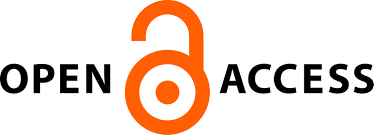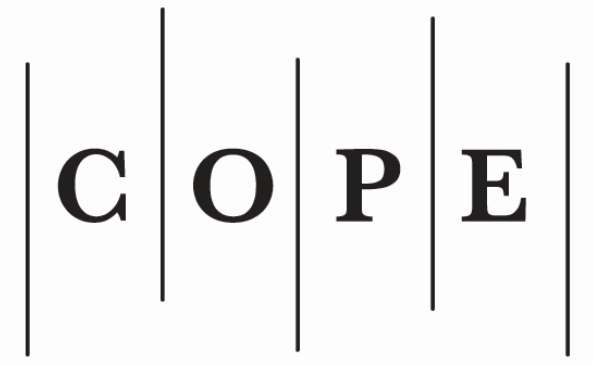Cluster activity in Lithuania: challenges and search for opportunities
##plugins.themes.bootstrap3.article.main##
Abstract
Purpose – to analyse and summarise the problems of innovative business cluster performance in Lithuania and provide suggestions on how to improve the situation and to identify the main sources of their activity risk
Methodology – general review of scientific literature that analyses the efficiency of clusters and factors that have a negative impact on their business; a case study.
Results – problems of cluster performance in Lithuania analysed and the main types of risk of cluster activity identified.
Research limitations – study limitations arise due to the lack of quantitative data and the confidentiality of insider information. For this reason, it is difficult to create adequate models of efficiency assessment.
Practical implications – the development of innovation industry in the public environment and the academic environment is based on the one-sided point of view as a progress indicator in Lithuania. However, there is too little debate on whether the cluster is a truly optimal form to create the conditions for the development of business innovations. Despite the fact that innovations are the main subject of venture capital funds financing, the risks related to innovation and clustering have also been insufficiently analysed. This article seeks to identify the risk characteristics and structure inherent in business clusters.
Value – the main problems of cluster activity in Lithuania, the main types of cluster activity risk and the problems of its assessment are identified.
Research type: literature review, general review.
Methodology – general review of scientific literature that analyses the efficiency of clusters and factors that have a negative impact on their business; a case study.
Results – problems of cluster performance in Lithuania analysed and the main types of risk of cluster activity identified.
Research limitations – study limitations arise due to the lack of quantitative data and the confidentiality of insider information. For this reason, it is difficult to create adequate models of efficiency assessment.
Practical implications – the development of innovation industry in the public environment and the academic environment is based on the one-sided point of view as a progress indicator in Lithuania. However, there is too little debate on whether the cluster is a truly optimal form to create the conditions for the development of business innovations. Despite the fact that innovations are the main subject of venture capital funds financing, the risks related to innovation and clustering have also been insufficiently analysed. This article seeks to identify the risk characteristics and structure inherent in business clusters.
Value – the main problems of cluster activity in Lithuania, the main types of cluster activity risk and the problems of its assessment are identified.
Research type: literature review, general review.
##plugins.themes.bootstrap3.article.details##
Section
Articles
- The Author grants to the Publisher the exclusive right and licence to publish this Article without remuneration until the expiry of the economic rights: to reproduce the article in print and digital form, including its publication; to disseminate the original version of the Article or its copies in Lithuania and foreign countries; to translate the Article; to publish the article, including making it publicly available via computer networks; to reproduce and publish the Article in Lithuanian and foreign databases; to licence usage of the Article in ways described in this paragraph.
- The Author warrants that the economic rights of the Author have not been assigned or granted to third parties, that the Article has not been published so far and is not under consideration of being published elsewhere.
- The Author warrants that the Article does not violate intellectual property rights of others.
- After the Article is published in Social Technologies the Author shall have a right to make it public on personal website or on a website of an institution of affiliation, to reproduce it for non-commercial teaching or scholarly research purposes, clearly indicating that the primary source of its publication is Social Technologies.
- This consent shall be considered invalid if the Editorial Board of the Social Technologies decides not to publish the Article.
Authors contributing to Social Technologies agree to publish their articles under a Creative Commons Attribution 3.0 Unported (CC BY 3.0) Licence, allowing third parties to share their work (copy, distribute, transmit) and to adapt it, under the condition that the authors are given credit, and that in the event of reuse or distribution, the terms of this licence are made clear.







